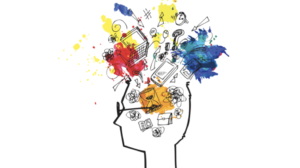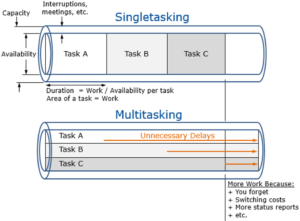Networking in the Time of COVID
Category : PROspective
Are you feeling rusty after nearly 18 months of wearing a mask, going through lockdown, and social/political unrest? We have all been cocooning at various levels, and with still so much uncertainty it can feel overwhelming to step outside your carefully crafted comfort zone. So, while you know you have to secure an APE and thesis in a few months, or begin your job search you feel uneasy about how to do so. How do you cultivate and grow your network when you feel like you’ve forgotten how to speak to people again?
Yes, it is hard. But the one certainty that has emerged is our universal need for human connection, in whatever form. If you want to maximize your opportunities, engaging with humans is a necessity. The thing about connecting with people is the more you do it the easier it becomes. Everyone you meet has a network waiting to be discovered that you can tap into. In a world where 6 degrees of separation has reduced to 4, you can learn to leverage this. We never know who has a hidden connection that will change the trajectory of our professional life unless we reach out to them. And there is a tremendous cost to avoiding social engagement during everyday interactions. Relationships are important.
Like learning any new skill, practice really does make a difference. And we can practice networking in every situation and scenario possible. In Joe Keohane’s new book, “The Power of Strangers, the Benefits of Connecting in a Suspicious World,” he stresses the importance of cultivating this “skill”. Interactions with strangers promotes empathy, and connection. It is dehumanizing not to engage with others because this can lead to you thinking of people as objects or simply a means to an end. The other person can always sense this.
Some suggestions for networking in this article in Forbes may be constructive, however, I think this article on why your networking strategy is NOT working bears more consideration. Some key take-aways of mistakes you may be making include:
1) Asking for too much too soon – no you can’t ask a professor to write a letter of recommendation for you just because you were in their class.
2) Missing easy wins – ask questions and make comments in class. It is often during breakout sessions “where the real networking happens.”
3) Viewing meetings as one-offs – cultivate those relationships with faculty, students, and staff. – “Even if only subconsciously, viewing a networking interaction as one and done will have a negative impact.”
4) Being robotic – yes, you should practice your “elevator pitch”, but reciting it verbatim at every encounter sounds, well, too scripted and practiced. Bring you, your experiences, and your areas of interest to the encounter where appropriate.
5) Not reading between the lines – absolutely follow up with an email if your new connection has offered to mentor you, but if it’s still crickets after your third attempt – perhaps they were being polite and/or don’t have the bandwidth or interest to follow through. Move on.
Finally, if you have 16 minutes, watch this TED talk – spoiler: “one brief conversation landed me my job.”
Now more than ever – people matter. Connections matter.




Recent Comments